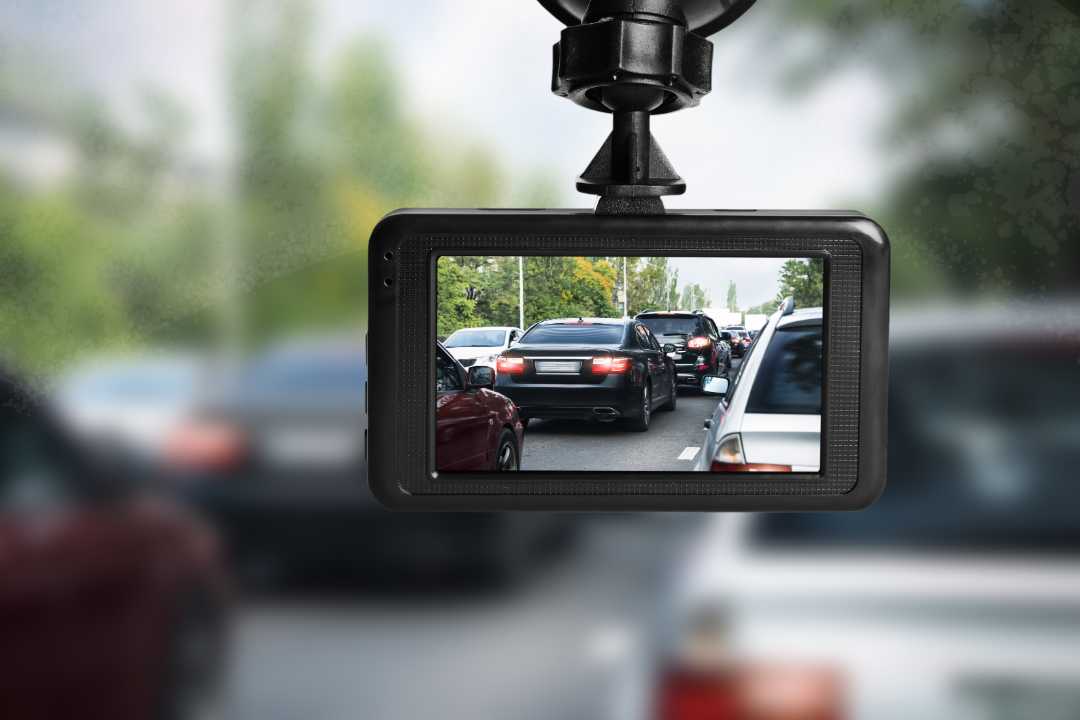In Rhode Island, sometimes referred to as “The Ocean State,” getting behind the wheel may be an exciting journey. However, unanticipated things might happen very quickly. Drivers all around the country are becoming more and more accustomed to carrying a dash camera (dashcam), which provides useful video evidence in the event of an accident or an incident involving road rage. Navigating the laws of dashcam use, however, can be challenging. To make sure you remain safe and compliant, this in-depth guide will explain all the rules around dashcams in Rhode Island.
Is it Legal to Use a Dashcam in Rhode Island?
The good news for drivers in Rhode Island is that the state permits the usage of dashcams. Nothing in the law expressly forbids taking video while operating a vehicle. On the other hand, there are certain important laws pertaining to mounting locations and possible privacy issues.
Mounting Regulations: Keeping Your View Clear
Dashcam placement is subject to some constraints, despite their legality. Under Rhode Island General Laws 31-23.3-2, it is illegal to apply any kind of opaque material to the windshield. Because it could hinder your view of the road, you cannot put your dashcam directly on the windshield.
Here are a few secure and authorized mounting substitutes:
Privacy Considerations: Passengers and Audio Recording
Even though it’s generally permissible to take video on public highways, it’s crucial to respect passenger privacy. What you should know is as follows:
What Can You Record with a Dashcam?
Dashcams can record important evidence in a variety of circumstances. Here are some situations in which dashcam video may be useful:
Beyond Legality: Additional Considerations for Dashcam Users
While knowing the law is important, responsible dashcam use goes beyond merely doing the right thing. Here are a few more things to think about:
Conclusion: Drive Smart and Stay Protected with a Dashcam
You can make sure that you’re using dashcams properly and effectively in Rhode Island by being aware of the state’s legal requirements and recommended procedures. In unexpected circumstances, a dashcam can provide valuable proof and peace of mind. Keep in mind that driving safely is always the first priority. You can go one step further toward a safer and more secure driving experience on Rhode Island’s highways by combining responsible driving with a dashcam that is both legal and placed properly.
Frequently Asked Questions (FAQs) About Dashcams in Rhode Island
- What happens if my dashcam falls and obstructs my view while driving?
In the event that your mounted dashcam collapses and obscures your vision of the road, stop right away, find a safe spot, and adjust it. It is against the law to drive when your view is impeded, and you risk getting cited.
- Are there any laws regarding the tint or darkness of the dashcam itself?
No, there aren’t any laws in Rhode Island right now that specifically address dashcam darkness or tint. Nonetheless, selecting a dashcam with a minimally obtrusive appearance is advised.
- Can law enforcement officers request to see my dashcam footage?
Without a warrant, law enforcement officials are not allowed to legally request to view your dashcam footage. You do have the option, though, to freely submit any film that helps them with their inquiry.
- What happens if I accidentally record footage in another state with different dashcam laws?
States have different dashcam legislation. Dashcam use is legal in Rhode Island, but there may be tighter laws in other states. Getting acquainted with the dashcam regulations of every state you intend to visit is always a smart idea.
- Are there any legal repercussions for not having a dashcam?
Not at all. In Rhode Island, dashcam use is totally voluntary. But as was previously mentioned, dashcam footage can come in rather handy at times.
Looking Past Rhode Island: An Overview of Federal Dashcam Laws
Other states have different laws, however Rhode Island permits the use of dashcams with certain mounting restrictions. Here’s a quick rundown:
Keeping Up: Resources for Current Dashcam Laws
Dashcam regulations are subject to change. The following resources will help you keep up to date on the most recent regulations:
You may make sure you’re using dashcam equipment sensibly and successfully for a safer driving experience by becoming aware with the regulations and recommended practices.





























